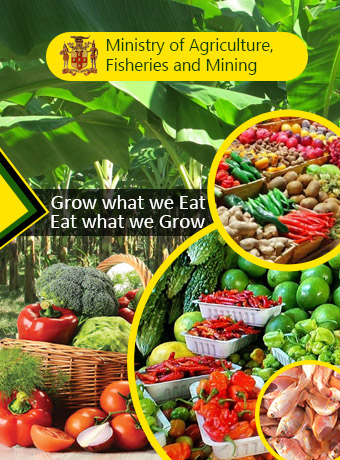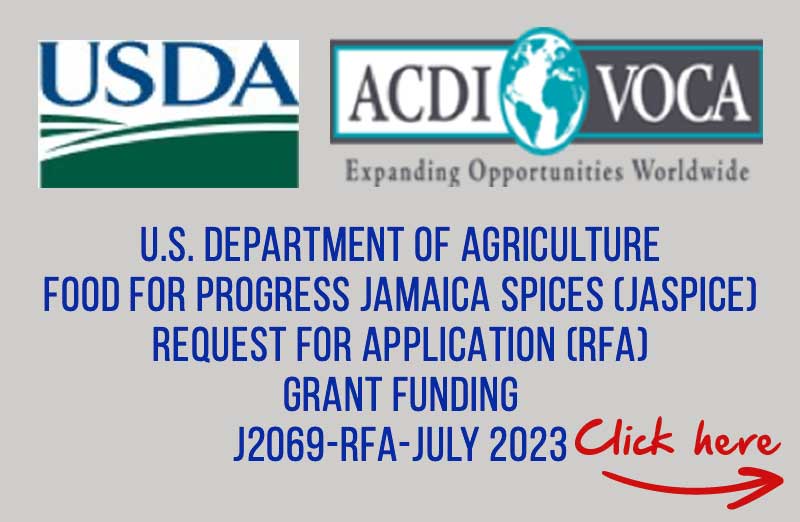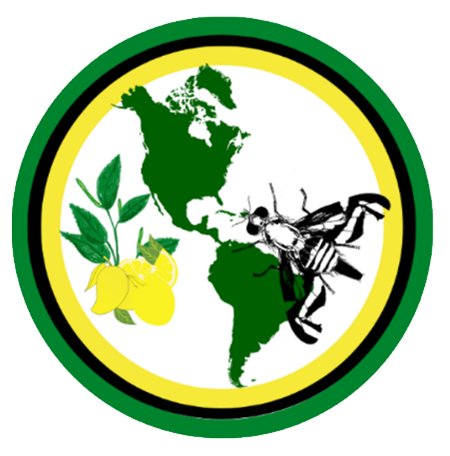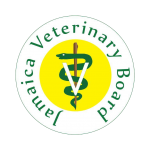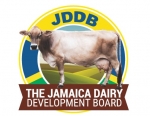
Matthew Lyn (2nd left), Chief Executive Officer, Caribbean Broilers Group; in discussion with (from left) Dr. Gabrielle Young, Senior Manager –Livestock Support, Nutramix; Minister of Agriculture and Fisheries Audley Shaw, Dr. Keith Amiel, Head of Corporate Affairs, CB Group; and Devon Sayers, Acting Chief Executive Officer, Jamaica Dairy Development Board; at the launch of the National Livestock Genetic Improvement Programme on November 18, 2021.
In keeping with the Ministry of Agriculture and Fisheries’ drive to expand production and productivity of the livestock sector, Minister of Agriculture and Fisheries, Audley Shaw, launched the National Livestock Genetic Improvement Programme on November 18.
The programme, which is to be carried out over a three-year period, is aimed at implementing a framework through which cattle and small ruminant farmers can have access to resources and services that will facilitate improved genetic potential of the local herds and will be implemented through the Jamaica Dairy Development Board (JDDB) in collaboration with Nutramix.
“Included in this genetic improvement programme is the use of selected goat semen and embryos that are known for their high level of milk and meat production,” said Shaw as he addressed stakeholders at the launch held at the Caymanas Golf Club in St. Catherine.
Over 700 straws of beef cattle semen from Brahman, Brangus and Angus breeds will be used on the local breeds while 1,500 straws from Brown Swiss, Jersey and Holstein cattle will be used on the dairy cattle and 150 for goats.
The Agriculture and Fisheries Minister said the initiative is an integral part of government’s vision to expand the livestock industry in order to harness opportunities geared towards the beef and cattle industries as well as the small ruminant subsector.
For his part, in outlining the objectives of the programme, Trevor Reynolds, Project Coordinator at the JDDB, said the employment of animal breeding techniques will benefit farmers and the broader livestock industry by increasing production and productivity within the next 3 to four years.
He noted that genetic improvement has the potential to improve traits of the animal population including increased milk production.
-30-
